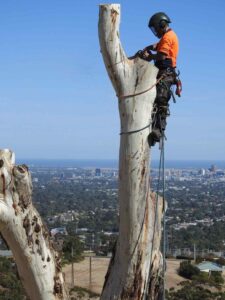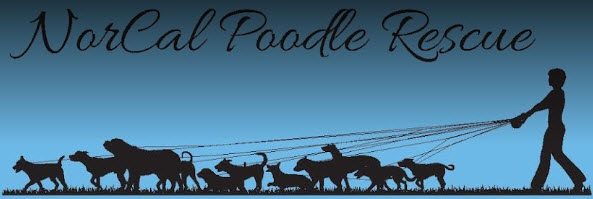Tree loppers are unqualified, non-certified professionals who cut trees for an unaffordable fee without regard for the health or future growth of the trees they cut down.
 Black-Stump-Tree-Services tree lopper Adelaide Hills strongly discourages this practice. Pruning trees to Australian Standards is far more efficient than trimming them without any regulation.
Black-Stump-Tree-Services tree lopper Adelaide Hills strongly discourages this practice. Pruning trees to Australian Standards is far more efficient than trimming them without any regulation.
Safety
Climbing and cutting trees is hazardous work if you are unprepared. Protective equipment such as gloves, long pants and closed-toe shoes should be worn to reduce the risk of injuries; additionally, you should use hard hats and safety goggles; it is also vital that hazard briefings take place regularly to identify risks involved with each task undertaken.
Hire a certified Arborist for any tree work you undertake, as they can prune your trees according to industry best practices, providing better long-term results while safeguarding both you and your property from further risks.
Experienced Black-Stump-Tree-Services tree lopper Adelaide Hills who offer inexpensive tree lopping services typically don’t possess the knowledge, skills or equipment required to prune your trees properly, resulting in large wounds on them that take more energy to heal, increasing pest and disease risks while weakening structure and raising maintenance costs.
Tools
Tree loppers use various types of tools. Their tools consist of long handles for leverage and heavy-duty blades capable of cutting branches up to 3 cm thick. Some even come equipped with an easy ratchet system.
Lobsters’ primary objective is to trim trees to specific shapes and sizes for aesthetic reasons, usually for aesthetic. Unfortunately, cutting too close to what might look good may damage it in the long run; additionally, cutting it too close means losing leaves that help plants absorb vital nutrients from their environment.
An arborist is a professional who ensures the long-term health of trees they work on, such as regularly pruning to train growth in desired directions, removing diseased portions, opening canopies to allow sunlight and air to reach all parts of a plant, and dealing with any pests or diseases which might threaten them.
Training
Tree lopping and pruning involve cutting branches, yet their differences are striking. Tree loppers offer quick fixes for short-term tree issues. At the same time, arborists follow industry best practices and consider your tree’s health and potential safety concerns for yourself and the property.
Loppers often cut branches back to stubs without considering the tree’s overall health or appearance, which can cause significant problems with stormy winds or heavy storms. This may make the tree more vulnerable and increase its chance of falling over completely.
This training covers legislative requirements for working near power lines, work positioning and climbing techniques, and equipment needed for rigging branches and wood poles. This hands-on workshop course requires participants to bring protective gear, such as a CSA-approved head, eye/face shield, foot protection, chainsaw protective clothing, and work gloves during this practical experience.
Experience
Trees are integral to any garden landscape, offering beauty, shade and fruit. But removal is sometimes necessary when they become damaged beyond repair by storms or diseases such as arboreal diseases, which is when professional tree loppers come in handy.
Reputable Black-Stump-Tree-Services tree lopper Adelaide Hills must hold standard $20 million public liability insurance and adhere to stringent health and safety rules to protect themselves, their local community, and the trees they work on from injury. Furthermore, an arborist will understand which techniques and equipment work best to avoid damaging their target tree while working.
Ideal loppers should feature two blades to easily and cleanly cut larger branches, known as bypass loppers, and offer cleaner cuts than anvil-style pruners (which crush stems instead of cutting cleanly). Handles must also be comfortable for prolonged use while providing a locking mechanism to hold blades together when not being used.
